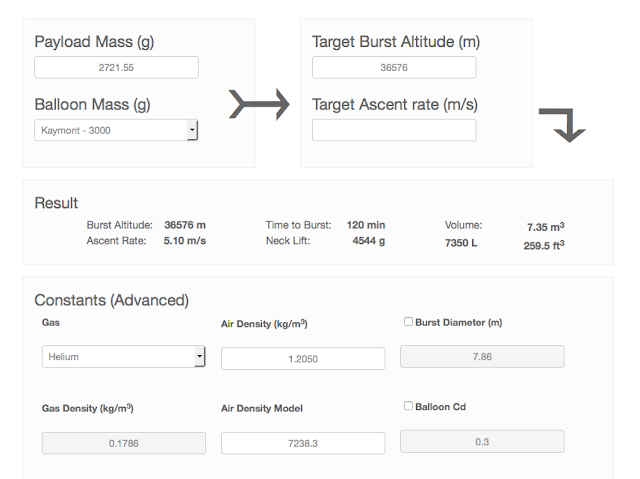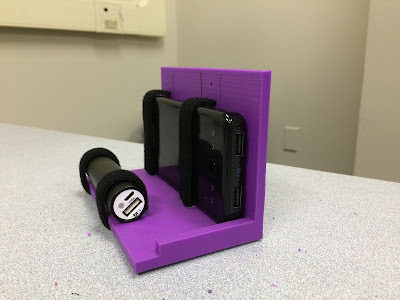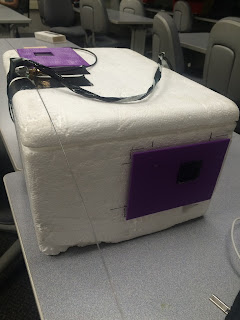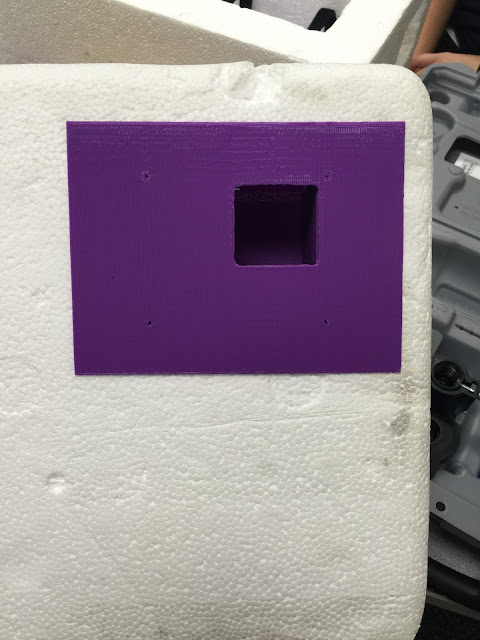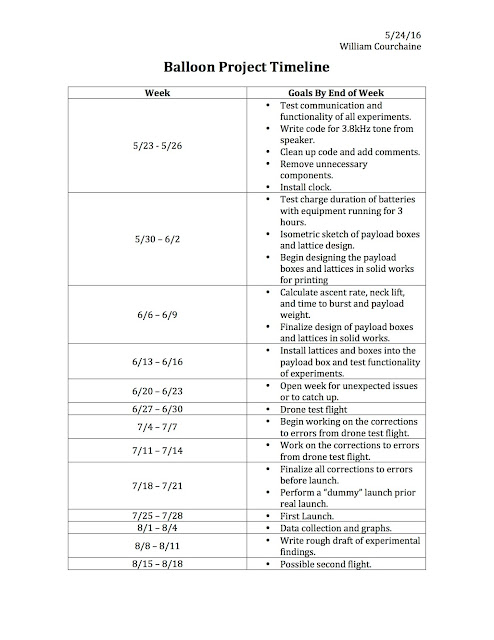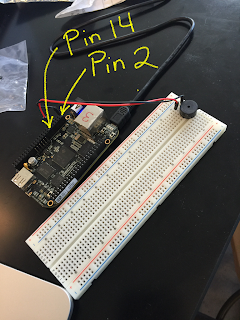WEEK ELEVEN: August 1, 2016 TETHERED LAUNCH #2 RESULTS

The pressure sensor was not functional prior to launch and we will trouble shoot that component before the next launch. All other components worked properly and had data that made sense. The only exception was at time 12:10 when the payload struck the ground and caused the components to begin writing erroneous data. The erroneous data maintained it's single value for approximately 43 minutes and then all components began giving correct data once again. Please see the graphs for the data that was written from the launch. The GoPro that was facing upward overheated and shut off after 40 minutes of run time due to the fact that it was in direct sunlight for the duration of the test flight. During the main launch the GoPro overheating won't be a problem because it will ascend at a rate which will take it into cooler temperatures within 20 minutes of launch. Spot GPS Data SUCCESS Accelerometer Data SUCCESS aside from the "Concussion" GPS Data SUCCESS ...
